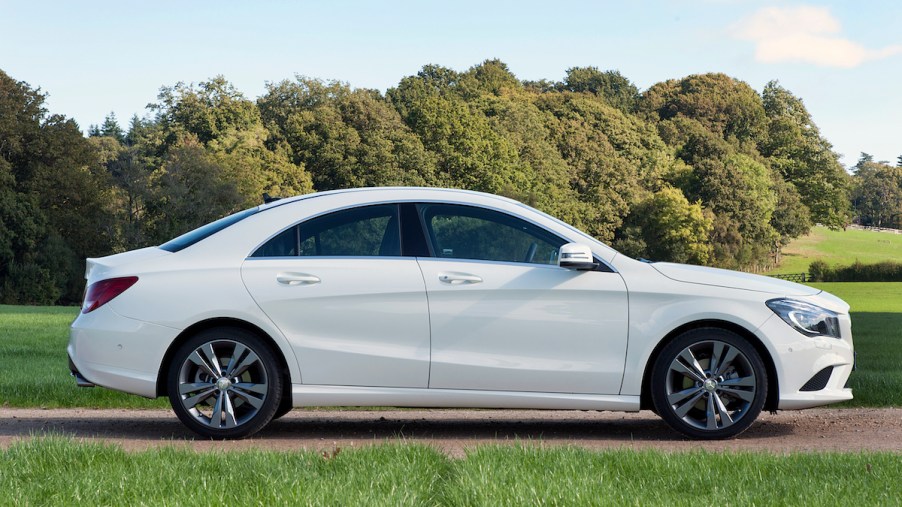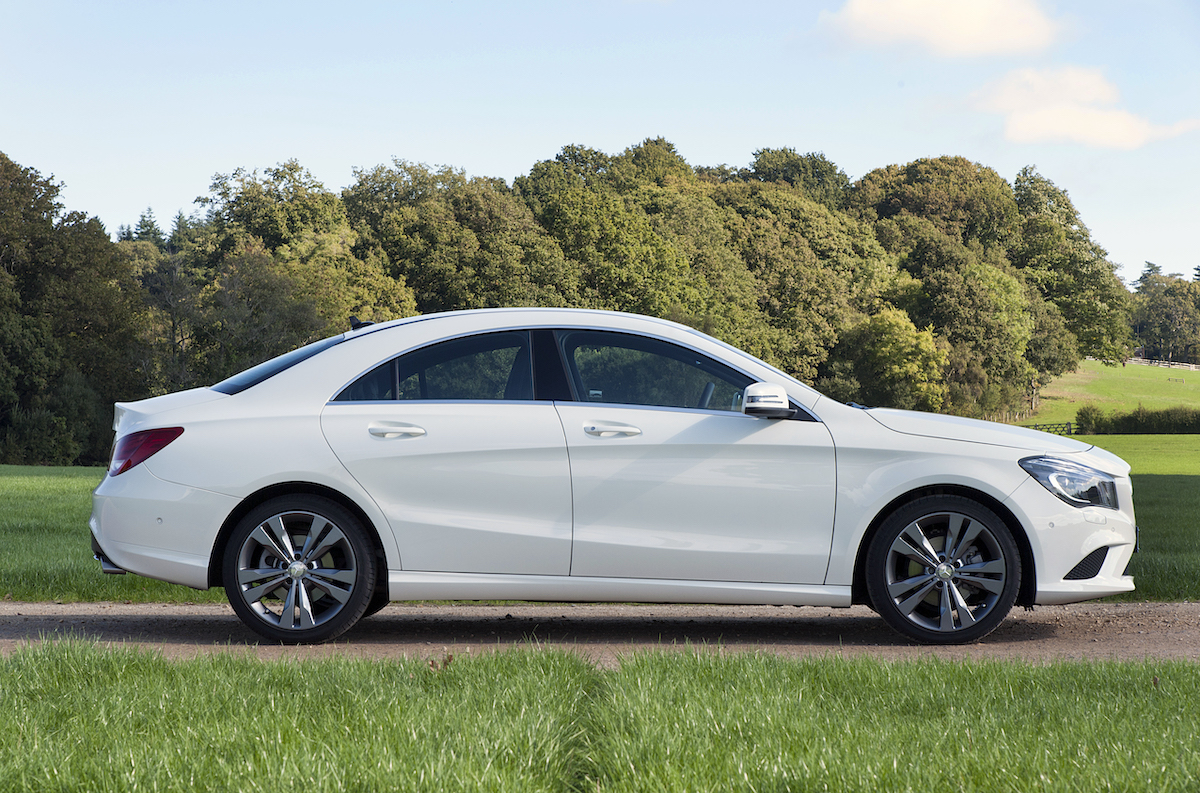
The Scientific Reason Why White Is the #1 Most Popular Car Color
Despite the global chip shortage, car sales continue to boom across the United States. However, because vehicle prices are higher than ever, getting precisely what you want is even more crucial. Besides powertrain choice and standard features, appearance is often one of the most important aspects of the selection process.
Choosing your new car’s color, along with other cosmetic options like pinstriping and window tinting, instantly makes a vehicle more personal. However, despite the wide range of shades available, white is the most popular vehicle color, according to Wards Auto. Sure, white cars might seem bland, but they offer plenty of understated benefits.
White cars compared to other colors

As of 2021, 35% of the vehicles on the road were white. That’s fewer than 2017’s figures (when white cars hit 39%), but white has been the most popular color since 2011. Black and gray are also top choices among drivers, each totaling 19% of cars purchased worldwide.
Globally, only 9% of the cars on the road are silver. Blue follows with 8%, red at 5%, and brown at only 3% of the driving population. Every other color — including purple, green, and yellow — makes up 1% or less of the world’s cars.
The population of white vehicles is even higher in China at 50%, but it’s only 28% in North America. The popularity of different colors can also vary depending upon location. For example, drivers in South America prefer silver slightly more than white, and North America has a larger number of new red cars.
Why are white cars are so popular?
Numerous studies have shown that white cars are safest, MarketWatch reports. A white car provides a stark contrast to the black asphalt and surroundings, even in the dark. It can be more difficult to see oncoming vehicles at night when they’re black or dark blue.
White is also the most functional color choice because it naturally absorbs less heat. Like black clothes, black cars tend to get very hot during the warmer months. Of course, if you live in a colder climate, you might appreciate a black car’s ability to attract the sun’s rays.
Still, black cars can be a pain in the winter because they’re hard to keep clean. Even the tiniest water spots show on black paint, but white cars can conceal them. Scratches and dents on white vehicles are also harder to see, especially from a distance.
Despite fluctuating trends, white rarely falls out of style. White cars are pretty much a blank canvas, so they’re easy to stylize with decals and other cosmetic applications. This factor also increases the value of white cars on the resale market. In contrast, cars in bold colors, like blue and orange, usually depreciate faster.
White is also one of the most accessible colors
Automakers pay close attention to trends, so it’s a safe bet any model will be available in white. Colors such as green and orange are far less common, and only a handful of automakers produce purple cars. Because so many people buy new white cars, vehicles in other colors are also harder to find on the used market.
Go Flat Out also reminds us that solid white isn’t the only option. For instance, Toyota offers a pearly white paint job with a rainbow-like sheen in certain lighting conditions. Some cars also have metallic white paint, producing a brilliant shine thanks to powdered aluminum ingredients.
Broad consumer appeal keeps white cars in the spotlight. If you need a low-key vehicle to get from point A to point B, a white vehicle is perfect. However, with a metallic finish, your white car could be the flashiest on the lot.


